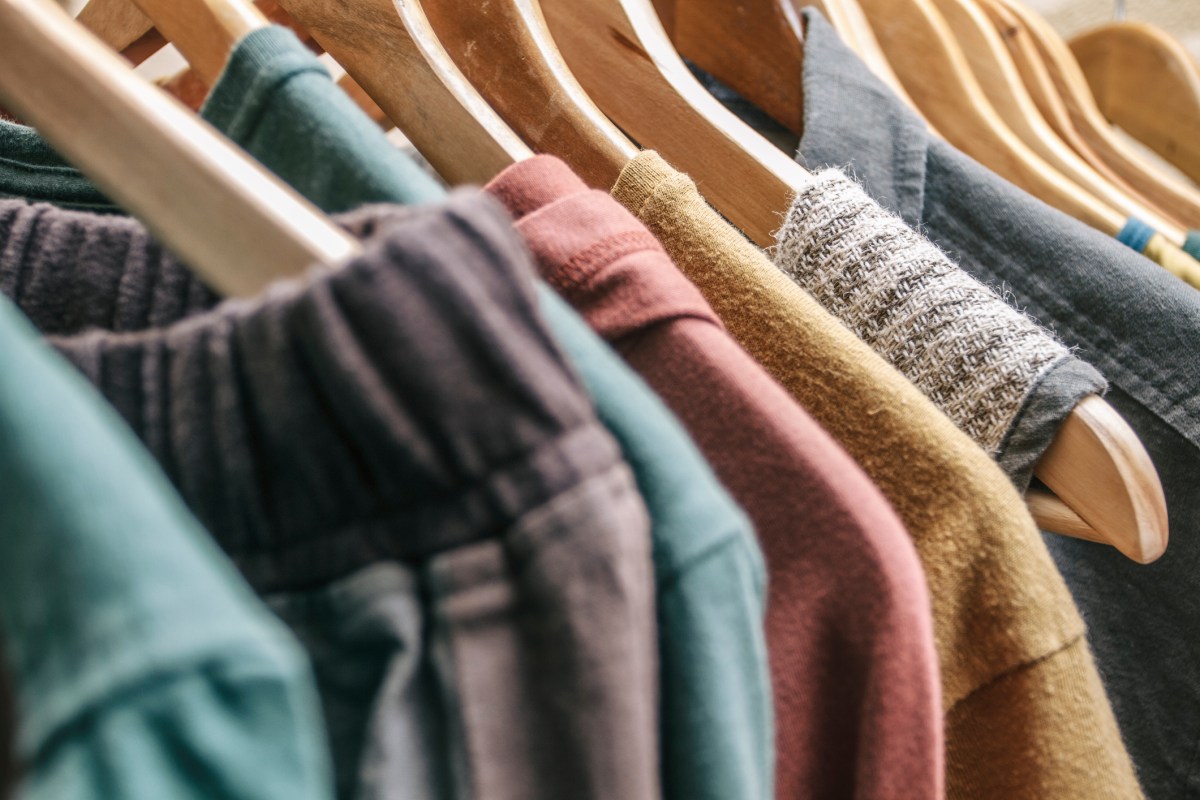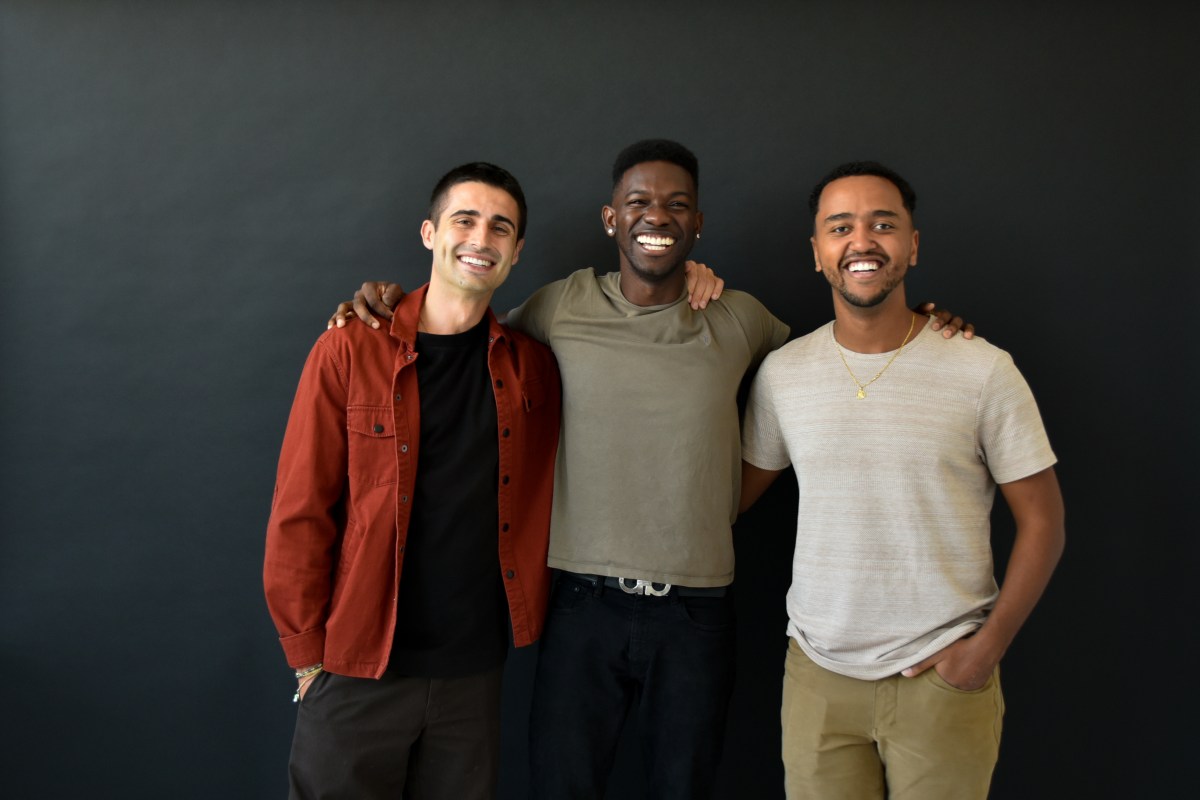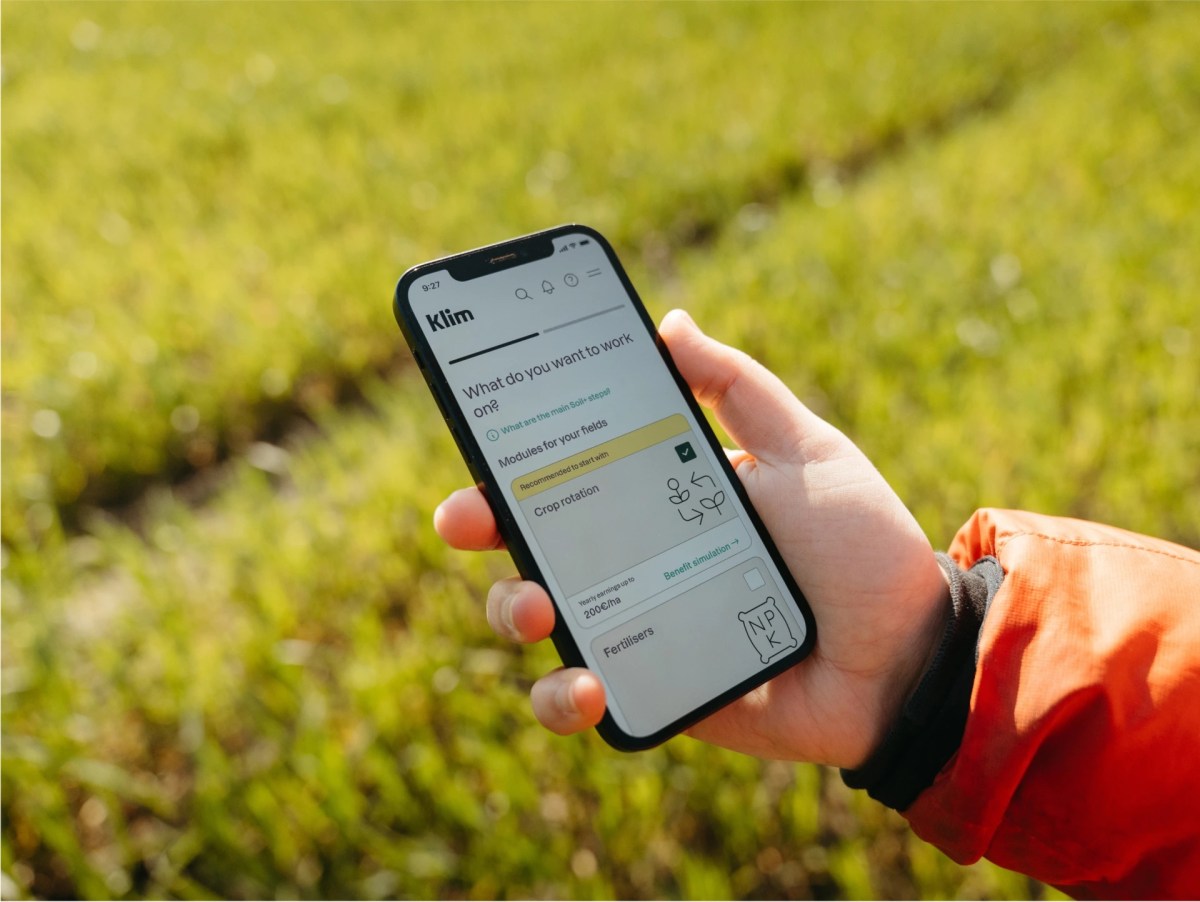Fleek, a marketplace for wholesale secondhand clothes, sews up $20.4M
[ad_1]
Secondhand garments has exploded as a category over the previous few a very long time. A London startup that’s constructed a first-of-its-kind platform to boost how this very fragmented commerce operates is now asserting funding to double down on the prospect.
Fleek, an online based mostly market that connects secondhand garments wholesalers with those that put it up for sale at retail, has raised $20.4 million ($14.8 million Sequence A and $5.6 million seed asserting for the first time as we converse) to proceed rising its platform. So far, Fleek says it has labored with some 10,000 resellers and retailers from 70 nations, transferring 2.5 million devices of secondhand clothes from 1,000 wholesale suppliers.
The funding comes from a robust guidelines of backers: HV Capital is important the spherical, whereas Andreessen Horowitz (which led the startup’s seed spherical) and accelerator Y Combinator (the place Fleek was a part of the Winter 2022 batch) are collaborating. Specific particular person backers inside the spherical embrace Shopify president Harley Finkelstein, Depop’s ex-CEO Maria Raga, and Postmates’ CTO Sean Plaice.
Fleek was based mostly by friends Abhi Arora and Sanket Agarwal following a extremely direct grievance from a future in-law.
It was 2021, and the mother of Agarwal’s then-girlfriend, who provided clothes on secondhand social commerce website Poshmark (now owned by Naver), was talking about sourcing points ensuing from present chain factors on the highest of the COVID-19 pandemic. Individually, Arora, current out of an MBA at Cambridge, was residing close to Brick Lane in London, a critical trip spot for secondhand clothes patrons, and he went over there to analysis what points had been like.
He purchased to chatting with a basic clothes retailer supervisor. Used-clothing wholesalers, the supervisor instructed him, operate funnels for sourcing garments, providing many secondhand outlets with stock. These wholesalers had been offline, so the retailers tended to journey to produce gadgets from the wholesalers particularly particular person, deciding on by way of racks, going “heads down, bums up,” inside the phrases of Arora, Fleek’s CEO.
That observe turned unimaginable with journey restrictions, however what this retailer had seen was {{that a}} handful of the wholesalers had started exhibiting off their gadgets on Instagram, and they also had been negotiating advert hoc over video calls.
That gave Arora and Agarwal, a software program program engineer who beforehand labored at Google, their inspiration. They’d assemble a market to make it less complicated for any wholesaler to advertise on-line, and for any retailer to buy that technique. Make the experience fixed for everyone on all sides of the desk and take a decrease on the fee for providing the service.
Fleek’s price, Agarwal said, will depend upon the amount and prime quality of merchandise being provided: its decrease comes out of the funds that patrons are paying to the wholesalers.
After which, as they started to look into who these offline wholesalers actually had been, it felt like future.
“It turned out that the sub-continent is probably going one of many biggest exporters and importers of used clothes,” Arora said. “Sanket and I every grew up in India. We talk the language. That really helped us be part of with these wholesalers.”
From basic necessity to virtuous circles and basic vibes
It wasn’t that approach again that secondhand garments was primarily the world of lower-income clients: Charity retailers and donation components had been mainstays for amassing these devices and redistributing them to people who needed them near and far… sometimes very far. The whole technique of consumption and selling was pretty analog.
By way of the years, the concept has had a critical makeover, considerably in further developed economies, the place secondhand garments — sometimes loftily often known as “basic” — has come into its private. Along with these that may’t spend fairly a bit or just want to get financial financial savings, there are consumers who can afford to buy new clothes, nonetheless they go for secondhand to assert their individuality in a sea of mass-market gadgets. Or they’re searching for used to faucet into the spherical financial system and virtuously reduce waste.
For these of us looking for a diamond-in-the-rough discount, prices might be not rather a lot fully completely different than new, and in plenty of cases, rather a lot elevated. And the number of areas selling used clothes has ballooned. Charity retailers now compete with additional curated secondhand outlets, and even important chains like Metropolis Outfitters and high-end high-street boutiques are leaning into the basic vibe.
Alongside this has been a improve of on-line sellers all through eBay, Vinted, Poshmark, ThredUp, The RealReal, Depop, Instagram, TikTok, and loads of additional. Used garments now makes up 10% of all garments product sales, in keeping with a survey from GlobalData and ThredUp.
The ECDB, a specialist e-commerce information analytics company, estimates that 68% of all Gen Z and millennial clients inside the U.Okay. (an unlimited market for traditional) bought at least one secondhand merchandise inside the remaining yr.
Fleek has prospects all all around the world searching for gadgets from its sellers, nonetheless in keeping with Arora, the biggest suppliers mustn’t individuals who donate their clothes to charity, nonetheless wholesalers, who on this case are very large warehouses which might be the final phrase collectors and distributors of those devices.
The wholesalers that Fleek tends to work with are in nations like Pakistan, India, and Dubai, and they also serve every the creating world (nonetheless important prospects for secondhand clothes) and the developed world (the place any individual with an excellent greater pockets may pay as rather a lot or presumably additional for a super pair of used Levi’s over a model new pair).
After I spoke to Arora and Agarwal the other day, that they had been respectively in Pakistan and India visiting suppliers, and they also said that often these wholesalers can take care of — absorb, sort, mend, clear up, and ship out — as a lot as 400,000 kilograms of garments in a single day. That sounds chaotic, nonetheless that’s what makes Fleek so attention-grabbing: Go to the positioning and in addition you’ll see extreme group, the place these plenty of of 1000’s of kilos could also be bought by weight, or by mannequin, sort, dimension, supplies, and further.
Along with doing the exhausting work of bringing massive, bodily firms on-line for the first time, Fleek may also be spinning up know-how for these further alongside that journey.
It already offers predictive analytics to prospects to help them forecast fully completely different traits. (Completely this have to be programmed to easily inform patrons to hunt points in model 20 and 40 years beforehand.) You’d take into consideration additional AI tooling to help with prime quality administration and to increased safeguard in opposition to counterfeiting, one factor the two admit is a big disadvantage inside the commerce that they want to help stop.
One different area it’s going to most likely develop additional efficiency is in dashing up logistics spherical searching for, supply, and receiving, significantly spherical wholesalers who’re being positively reviewed by patrons, said Agarwal.
“We want to keep it up additional patrons, keep it up additional sellers, and assemble know-how to proceed empowering these entrepreneurs on all sides of {{the marketplace}},” he said.
[ad_2]
Provide hyperlink














Post Comment